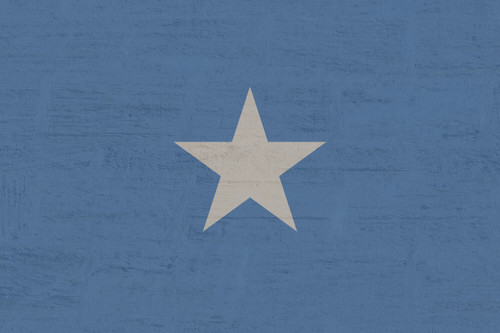Product Description
Abstract
“Is the world about to watch 750,000 Somalis starve to death?” asked the New York Times in 2011. The United Nations had declared a famine in Somalia, and hundreds of thousands of Somalis set out on foot across the desert in search of food, shelter, and safety. To make matters worse, al-Shabaab, an al-Qaeda-linked terrorist group, restricted access to famine-affected areas and threatened the safety of humanitarian aid groups. Aid organizations, many funded by the U.S. government, faced an ethical conundrum: they could pay a “tax” to al-Shabaab to access restricted areas and provide life-saving relief to Somalis, but this interaction might contravene U.S. anti-terrorism law.
This case study provides an opportunity for students to examine the potential impacts of U.S. material-support-to-terrorism laws in the context of humanitarian crises, through the lens of the 2011 Somalia famine. This background document (A) surveys the decades of political and humanitarian crises before 2011; the rise of al-Shabaab; the history of U.S. foreign assistance, international legal obligations, and material-support regulations; a complicating Supreme Court decision; and the role of Executive Orders and government enforcement agencies. Participants are primed to problem solve, navigate potentially competing domestic and international law and policy, and make ethical and legal decisions in a high-pressure, complex international crisis.
This background document may be paired with one or both of the following participant exercises:
The National Security Council Dilemma (Part B1, on the challenges in developing a consensus government response to a humanitarian crisis involving terrorists)
The NGO General Counsel Dilemma (Part B2, on the legal and ethical issues faced by general counsel advising international humanitarian organizations)
Subjects Covered
Humanitarian law, humanitarian aid, relief organizations, foreign assistance, international non-governmental organization, famine, terrorism, counterterrorism, material support, United Nations, national security, al-Shabaab, humanitarian crisis
Learning Objectives
- Understand the history, actors, and details of the 2011 Somalia famine and U.S. foreign assistance.
- Consider the legal obligations of international humanitarian law and principles of humanitarian action.
- Evaluate the motivations behind U.S. anti-terrorism measures and understand their effects on complex international crises involving designated groups.
- Consider the pressures—sometimes competing, sometimes compounding, and other times complementary—of U.S. and U.N. policy.
Setting
Geographic: Somalia, United States
Industry: Humanitarian aid
Event Start Date: 2011
Hard Copy
For hard copies, please contact the HLS Case Studies Program at hlscasestudies@law.harvard.edu or +1-617-496-1316. When ordering, please let us know how many copies of confidential materials that you will need.
Accessibility
To obtain accessible versions of our products for use by those with disabilities, please contact the HLS Case Studies Program at hlscasestudies@law.harvard.edu or +1-617-496-1316.
Educator Materials
Registered members of this site can download this product at no cost.
Teacher’s manuals for two related exercises (B1 and B2) are available free of charge to educators and staff of degree-granting institutions. Please create an account or sign in as a registered educator to gain access to these materials.
Note: It can take up to three business days after you create an account to verify educator access. Verification will be confirmed via email.
Additional Information
Law, Ethics, and Policy in Humanitarian Crises: A Student Perspective on New Simulations
Copyright Information
Please note that each purchase of this product entitles the purchaser to one download and use. If you need multiple copies, please purchase the number of copies you need. For more information, see Copying Your Case Study.





